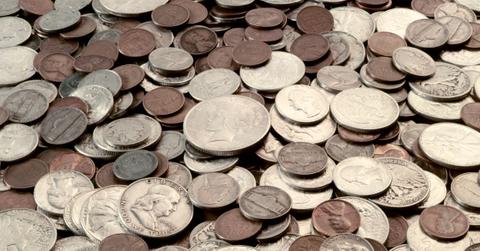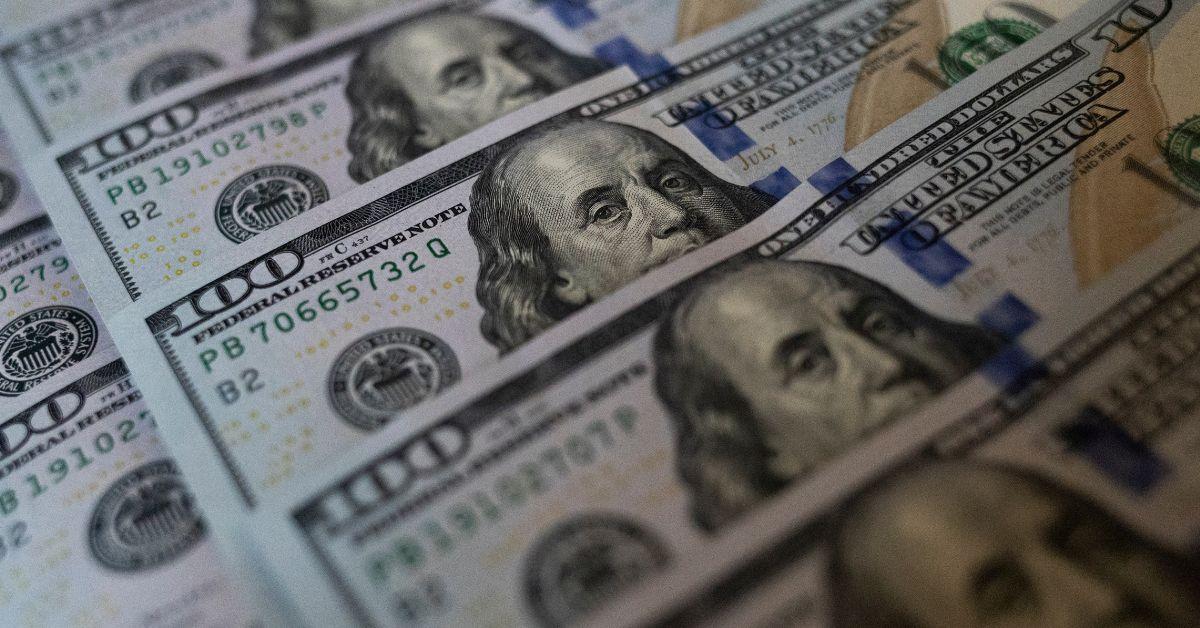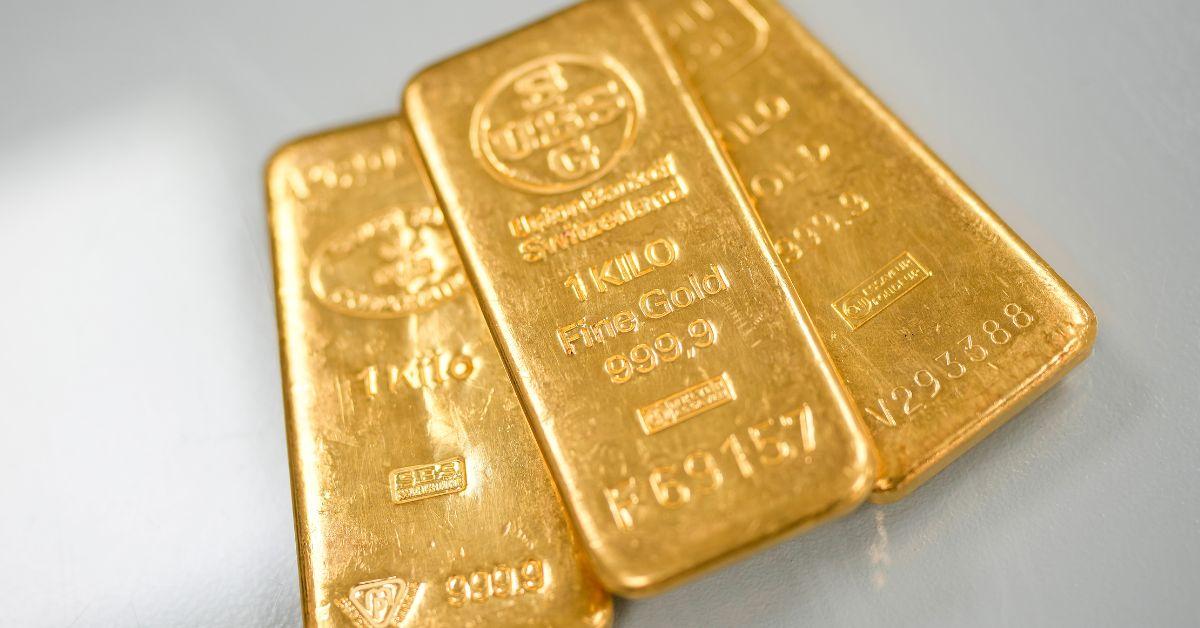Why Do U.S. Coins Have Ridges? Currency Mystery Explained
Published Jan. 26 2024, 8:32 a.m. ET

America is full of rich history and tradition. As the country grew rapidly, a lot of logistical issues needed to be handled and dispelled nationwide. One matter that needed to be settled was currency and, specifically, coins.
Over the years, American currency has gone through plenty of changes both in shape and precious metals... and that isn't even including the details on the bills! The ridges on coins are one of the most baffling details in our currency. Why do coins have ridges? Keep reading to find out.

Why do coins have ridges?
The value of a coin is a complicated matter. Early American coins were made of precious metals like silver and gold. Of course, their value was highly dependent on how much of that metal was present.
Back then, swindlers were always looking for ways to make a quick buck. Since there was value in the metal itself rather than just the currency, swindlers would shave down parts of the coin to stretch the value.
If they took a little bit off of multiple coins, they'd be able to keep the value of the coin itself intact while also collecting more metal of additional value. The method was called "clipping."
This was a major issue because it was an instance of early fraud and it caused issues in the economy. By hyperinflating how much money was out there, the balance was thrown out of whack.
By adding ridges to the coin, it became easier for shopkeepers to figure out if the coin had been tampered with. If one of the ridges was missing, the value of that coin was affected.

Eventually, the U.S. moved away from having true silver and other precious metals in the currency. However, the country held onto that tradition of adding ridges into the design as a nod to the past.
The damage had already been done, though, and the government had to figure out how to regulate the situation. According to Jeffrey L. Hoopes of the UNC Tax Center, the government imposed certain taxes to help fix the issue.
"The window tax in this case was imposed to help resolve this problem of a debased currency, raising revenue to help resolve the issue of clipping," he wrote.

What is the gold standard and why did America get off it?
The gold standard isn't only limited to America. It merely refers to any monetary system that uses gold to justify the value of its currency.
The amount of gold that the government has directly relates to the value of the currency that's floating around. However, it posed issues for the American government in terms of managing the nation's economy.
Right now, the government is able to adjust the interest rate in an effort to handle inflation, but under the gold standard, that wasn't possible. By abandoning the gold standard, the Federal Reserve was better able to do the job it was designed to do.